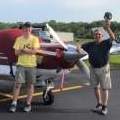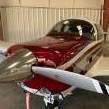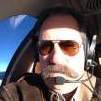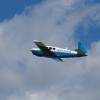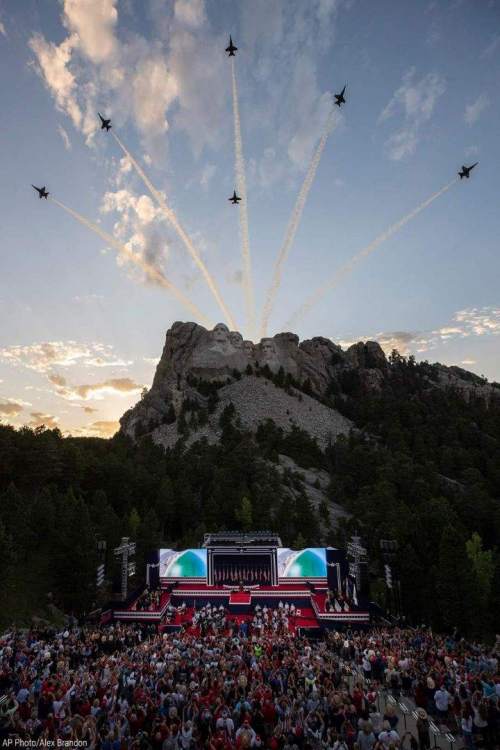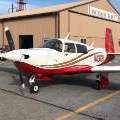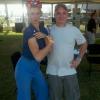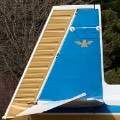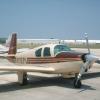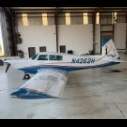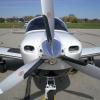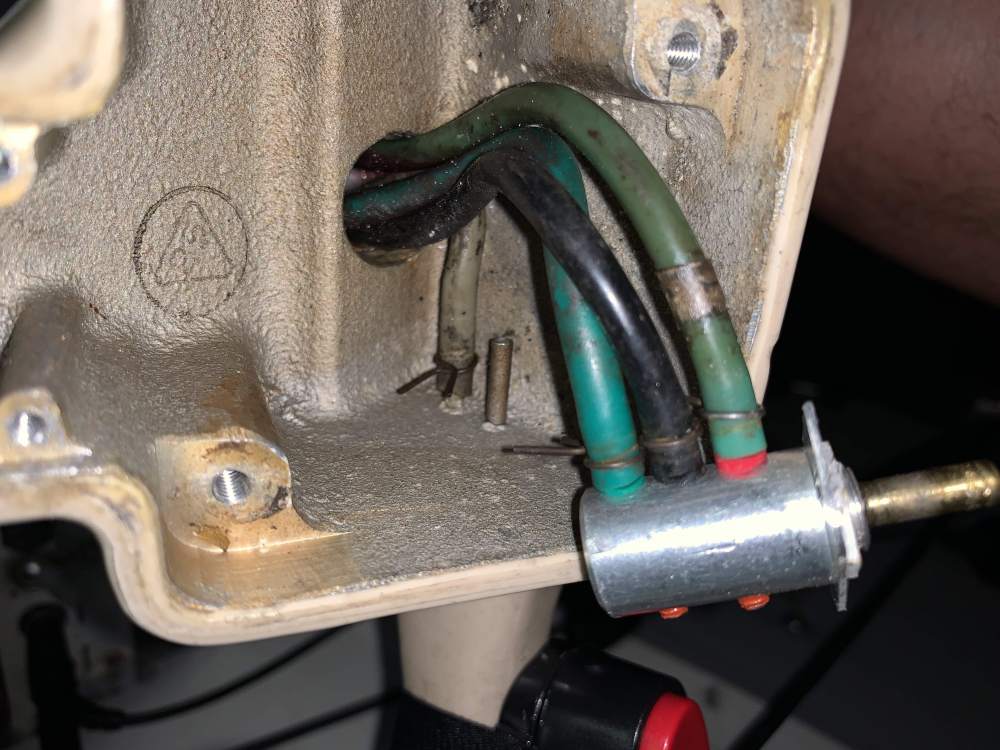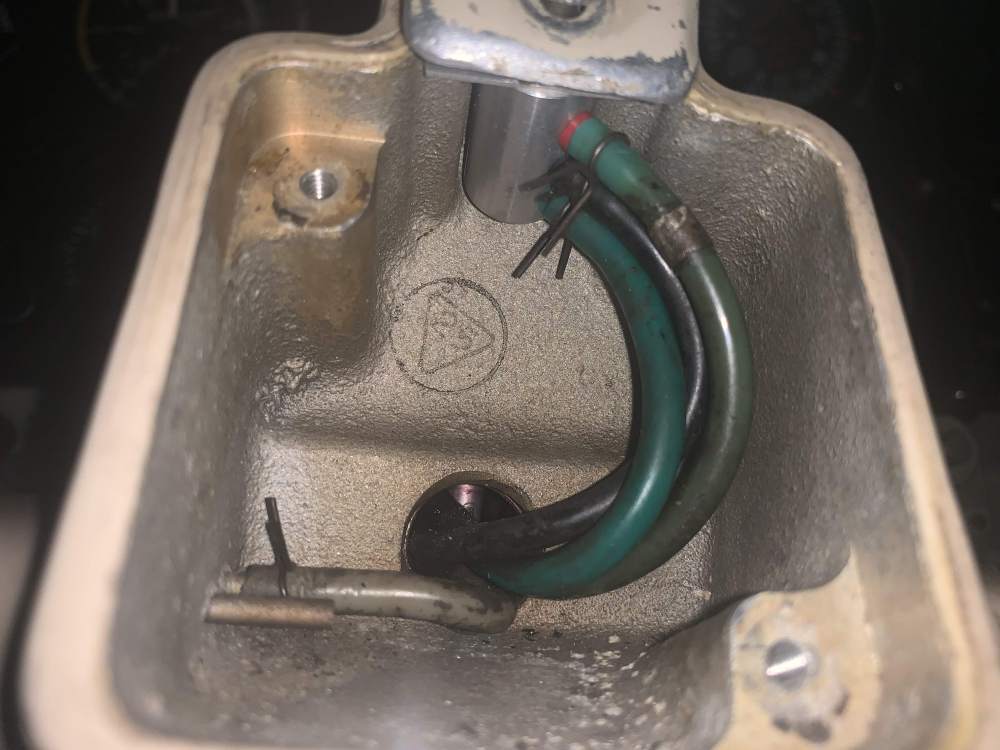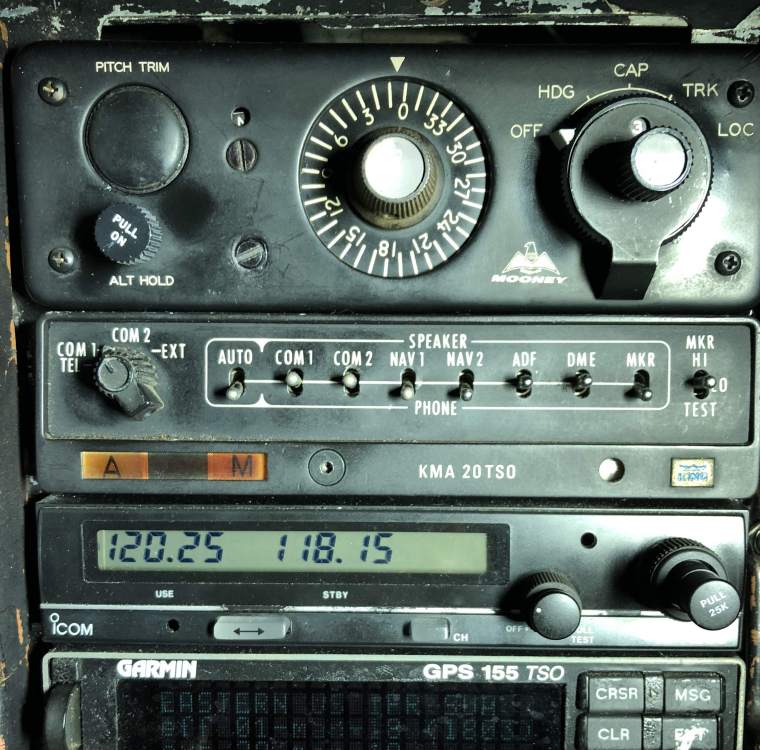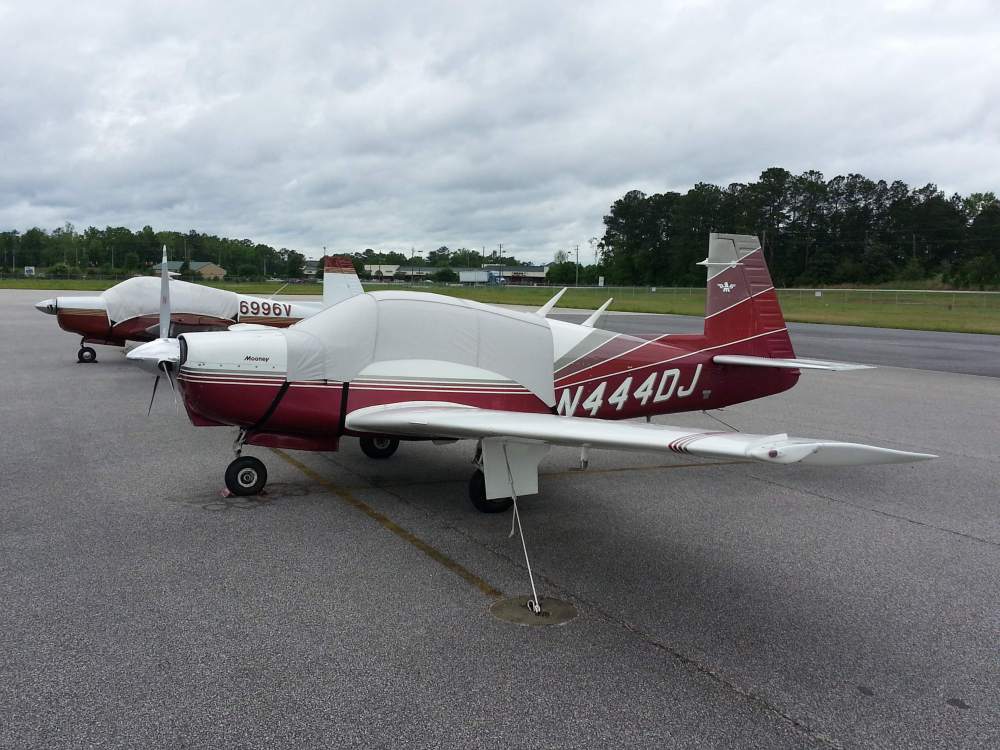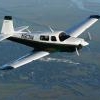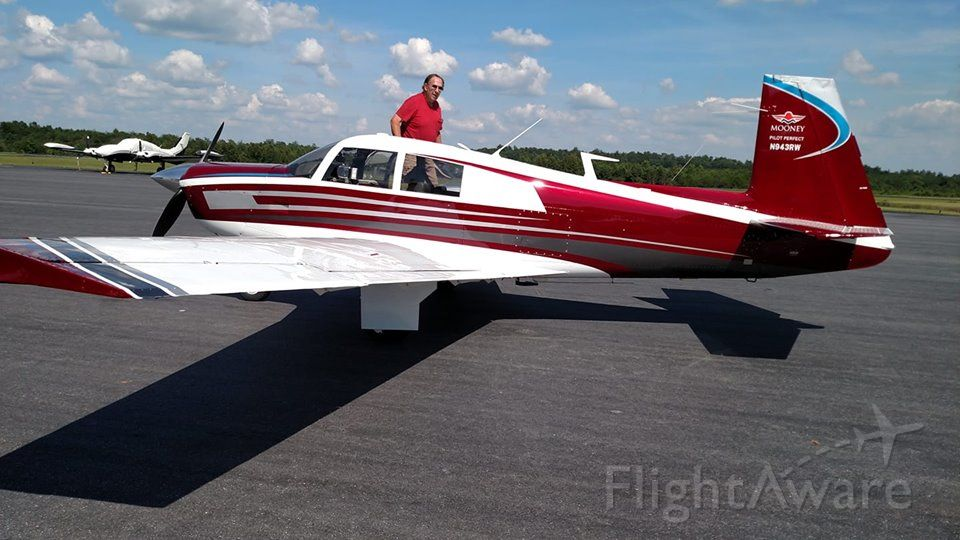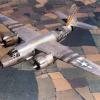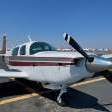Leaderboard
Popular Content
Showing content with the highest reputation on 07/04/2020 in all areas
-
Bob's daughter Sharon here. My son is the grandson who flew with him to KOSH and the rest of the country in July-August 2019. Thank you for all your kind words -- the "Mooney Family" sure is special! The obituary is posted. We haven't planned the memorial service he deserves due to the covid situation, but wanted to share the obit with you. Hard to condense a life lived to the full. http://www.sossomanfh.com/obituary/9346-robert-cairnes-bob-belville13 points
-
7 points
-
If you’ve not travelled across this country by GA, you absolutely must do it. Don’t worry about weather, how long it will take, or how much it will cost, it will be worth it all. Stop in small town airports, visit with the locals and see the local sights and sounds. You’ll talk about that trip for years and you’ll dream about doing it again.7 points
-
Former lurker, first-time poster. I just changed my moniker to EchoMax, and you will see why. I am a 60-yo student pilot based at KBLF in the Blue Ridge mountains and was poised to take my checkride until Corona virus and hip surgery intervened, but I will be in the left seat again soon. As soon as I get my PPL, I’m going to start intensive IFR training. I have a great partner. (“Choose your partner like you choose your wife, only more carefully,” as my dad used to say.) Together, we own a well-equipped 1983 Beech Sundowner, which is sort of like Beech’s version of a Cessna 172, only heavier, roomier, and harder to land. We bought it for a fair price and then added a few things (electronic engine monitor, AOA, new tires and battery, etc) and fixed a few things for something like $15-20K, money that we probably won’t get back when we sell—live and learn. This plane has some significant limitations, as we have found. My partner took his wife on a short ~150 mi trip and faced 40kt headwinds. Cars on the interstate were making better groundspeed. What’s the point of flying if not to be faster than driving? Also it takes forever to climb to 8000 ft. Time to trade up. First step: establish the mission. Fortunately, we both share the same mission: visits to family and friends, typically 150-500 miles with usually no more than one passenger plus the pilot, as well as local flights for fun. We want what many people want: an inexpensive, fast, fuel-efficient, well-maintained, frequently-flown, well-equipped IFR-ready airplane with engine monitor, decent AP, and GPS. Of course, no plane satisfies all eight of these attributes, but seven-out-of-eight is possible if one ignores “inexpensive”. Perhaps “good value” should be substituted for “inexpensive”, because something may have a high price and still be a good value. Second step: establish the budget. I searched for the plane I really wanted. Unfortunately it was $400K+. I could afford this, but even the insurance would be out of reach for my partner, and I like having a partner, so I set a budget of $100-150K. Setting aside 20% for upgrades and repairs, this leaves $80-120K for the purchase price. It didn’t take long to figure out that a Mooney M20 would best serve our mission and budget. I first considered the M20K but decided that we don’t want to fly at altitudes that require oxygen or risk hypoxia and therefore don’t really need turbo with its greater complexity and higher maintenance costs. So the M20J became our target. At first, I didn’t even consider vintage Mooneys, but soon realized that the short-body C or E with tiny rear seats would fit our mission just fine because we don’t expect to fly much with more than two people. Yesterday I put a deposit down on Bob Belville’s 1966 M20E that seems to hit all the right notes, is within our budget, and is conveniently located at KMRN, only 40 Mooney minutes away from us at KBLF. This beautiful bird is completely tricked out with new paint and interior. Unfortunately, Bob passed away yesterday. I never had the pleasure to meet him, but I understand he is revered among Mooniacs. My condolences to his wife Nancy. Bob has described his E as “Heavy and slow. (900# UL, ~155 ktas at 75% but I fly LOP for economy and range... ~140 ktas @ ~8.0 gph.)”. Those numbers work for me. Bob’s ad is at https://mooneyspace.com/topic/33992-66-20e-110000/?tab=comments#comment-578910. Is there anything to add to this aircraft? Last fall he wrote, “I had planned to do the STEC 3100 but now nothing seems worth the trouble. Lynn wants to replace flaps which came back from paint with some twist...” Maybe upgrade the AP to an STEC 3100 at some point it when it becomes available for the E? Upgrade the audio panel from the GMA340? Neither seems to me particularly necessary or cost-effective at this time. I’m optimistic that there will be no major surprises during the pre-buy inspection, but we’ll see. Some say that no 1966E is worth this amount of money ($110K), but I am comfortable with the price given the condition of the aircraft. What do others think? This was Bob’s forever plane and probably will be mine too. Thanks to all of the MS members for the invaluable information and advice here in the forum.6 points
-
A few weeks ago, flying the Hudson, I ended up making a spontaneous touch and go at Newark International airport. Well, it happened again! This time at JFK! Yesterday, I was flying the south shore (Coney Island and Rockaway) when I realized how not busy Kennedy Airport was. Now taking off from Linden, Newark was cooking. An almost usual stream of arrivals on the conga line was coming into Newark. I figured my chance to hit the major metro airports might be over. But, the hand off from Newark Tower to Kennedy Tower brought on a different story. Upon initial contact with Kennedy Tower, I stated "Mooney 4361H, 1400 coming down to 500 for the south short." To which Kennedy responded that I could stay at 1000 since there aren't any arrivals. That got me thinking about a low approach to get a closer look at how busy the airport is (and avoid a landing fee), but Kennedy said I could only do a full-stop taxi-back. Why not!? So I did. I turned in from the shorline for a 45 left downwind to 31L, the longest runway on the east coast! Spanning 14,500ft it's nearly 3 miles of pavement to land on. Yet, I touched just short of the numbers (cause I wanted to see the numbers in the video as I was landing). When I started in, there wasn't a plane on or near the runway. By the time I was touching down, they had 3 jets waiting for me. Quite an amazing experience.6 points
-
It’s a heavy burden, but we will try to be worthy and not screw this up. N943RW is "special", and we pledge to "be nice to her, keep her flying regularly, and keep her current with appropriate upgrades". We fly our current ride once a month or more frequently and have an ample budget for maintenance, upgrades, and repair. As a bonus, we are only 40 minutes away from AGL at KMRN and can continue maintenance with Lynn Mace who personally has almost a decade of experience with this particular aircraft. Helpfully, my partner is a retired military pilot who is very meticulous by nature and obsessive about maintenance and operational stuff. As far as transition training, my most excellent local flight instructor (Randy McCallister/KPSK) has several decades of Mooney experience as a pilot, mechanic, and owner. He owns and maintains a J and did his commercial training in an E. Oshkosh awaits.6 points
-
5 points
-
Bob was and always will be the "Soul" of Mooneyspace , My first experience with Bob on line was some sort of snarky comment , he made , when I cut up the first E , from that one comment I knew "I like this guy" ... I got to meet him at one of the Summits a few years ago , and what a lovely man , and Nancy , what lovely people....Its funny , but every time I hear or mention "M20E" I think of Bob... Always will... Another great one heads west.... Blue skies Bob.... Blue skies5 points
-
I was heartbroken this morning to answer a call from Nancy telling me of Bob's passing. Bob was a treasure to general aviation, and quite the Mooney fan boy. He and Nancy put me up for a few days while AGL did work on my Bravo, as never there was a stranger if they occupied the left seat of a Mooney to the Bellvilles.. Bob was slated to take Lee's place on the Mooney Summit Board, as his wisdom and guidance would be invaluable. I have yet to meet a kinder or caring person other than my wife. His devotion to family, God, aviation and all things good are what treasures he has shared with all. I will miss our very deep and thought inspiring conversations about the convergence of religion and science. His generosity as a Mooney Summit presidents' club member has helped many of our family when they have needed the support. Tail winds, dear friend. Please smile on us each time we say "clear"5 points
-
The flight is over 1600 nmi so it will take at least 12-14 flying hours, depending on headwinds. Unless you’re in a terrible rush why not plan to take 3 days? Or at least plan on two but have a third day as contingency. Should you do it? Absolutely.4 points
-
I concur with the above!!!!! We did however cut Prime Rib seat side! And we had a piano on board for a while. The prime rib was first on the list for mechanics to "liberate" when any 747 hit the gate in bound. We ate like Kings every evening. One guy was assigned to get a shopping bag of sodas, one to get the prime rib and any left over steaks and another to raid the desert trays for untouched deserts which most nights was ice cream that made the sundaes for 1st class. The “stewardesses “ were all babes in heels , there was a certain amount of panache . It was the era of "free love" and all that (basically it was a free fire zone for the crews on layover (PUN INTENDED) AND they were actually told that they were expected to find a husband within a couple of years. None were over 30 IIRC. They were let go if they got engaged or married (the idea was to attract the businessman, had a real close friend become a stew for TWA and she was married inside of 1 1/2 years), had to do a weight check every month and all their clothes and makeup had to meet standards when checking in for a flight. I was at CAL when Pan Am brought the first one to LAX on a provisional certificate and parked it on the south side. All night long the interior airport road was a traffic jam of guys driving over to walk under it. CAL got their first one a few months later- a rope start -100 of course The cockpit escape was a small door in the overhead just aft of the FE panel that had several inertia reels next to it and you were to open the door climb out on top and jump hanging onto the handle of the inertia reel which supposedly would slow your drop to the ground 40 feet below. Early on there was a problem with the pilot seats upstairs. They were designed to be electric driven backward from the instrument panel aft about 5 feet so the pilots could get in, they moved back and outboard. On one takeoff with the Capt. flying his seat activated just about rotation and as he was moving away from the control wheel aft he looked over at his F/O and said- "you got it!" They came with a Litton INS system for long range navigation over water. When we mechanics got trained to taxi them, because the cockpit was so high off the ground, visual effects of speed were distorted and we found many mechanics taxiing at 60 kts!! We had to go back to school the learn how to fire up the INS to give us a ground speed readout for taxi. I've spent 16 hrs upstairs NYC to Joburg several times over the years. Going the way of all the old grand lux autos Caddy Eldo, Lincoln Continental, Pontiac Bonneville all the old long heavy cruising submarines of yesteryear3 points
-
I tried the same thing when I bought my first mooney. in theory it sounds good, but it just wasn't practical for me for a few reasons. 1. inspecting and vetting planes that a broker doesn’t have in his possession will be expensive, and of little benefit for your education about them 2. you will inevitably by subjected to the brokers preferences, or their interpretation of yours. 3. You will not truly understand the nuance and differences between models and features without seeing them for yourself. In my humble opinion, educate yourself, it takes a while. Took me six months to learn enough to feel comfortable with both what I wanted, and what I should pay for it. everyone's, mission, proclivities, desires me demands are different. Yours will manifest as you learn. I started thinking I wanted a mid body, older Mooney to fix up, and ended up with a g1000 long body. absolutely 100% right choice for me, have had four of them, but just as many guys say they would never buy a glass cockpit. Bad choice for them. yours will become evident as you look, fly and learn. if you want to make a smart first purchase, educate yourself, don’t just expect someone else to know what you want. jimmy garrison is a good guy with a deep network and knowledge richard simile and lee Drumheller are two others who have an enormous amount of experience, and large networks as well. im sure there are other good guys out there too, I just haven’t met them lastly, I’d say buy one that flys often, not just a low hour hangar queen my two cents good luck!3 points
-
I met Bob and nancy a few times at Oshkosh, as we talked a few times on the phone. He was a little like me, he was always tinkering or tweaking to get it just right, and just a bit more speed. He had the nicest panel, and the nicest paint. He worked and worked to get it just right. He flew all the time, and took big trips. That whole country trip last year was nice to watch. Aside from that, he was a really nice guy and I enjoyed being around him and Nancy. he will be sorely missed. Tailwinds, Bob.3 points
-
Robert Belville, February 17, 1943-July 2, 2020 Last night, in the company of his girls, Bob peacefully slipped the surly bonds of earth and touched the face of God. He was diagnosed with cancer in 2018, and had many good days to spend with people and activities he loved. His decline accelerated in the last few weeks, and we are grateful for visitors, meals, hospice caregivers, and love expressed in so many ways. He will be so missed by so many. No decision yet on services given the covid situation. High Flight Oh! I have slipped the surly bonds of Earth And danced the skies on laughter-silvered wings; Sunward I’ve climbed, and joined the tumbling mirth of sun-split clouds,—and done a hundred things You have not dreamed of—wheeled and soared and swung High in the sunlit silence. Hov’ring there, I’ve chased the shouting wind along, and flung My eager craft through footless halls of air. . . . Up, up the long, delirious, burning blue I’ve topped the wind-swept heights with easy grace Where never lark nor ever eagle flew— And, while with silent lifting mind I’ve trod The high untrespassed sanctity of space, Put out my hand, and touched the face of God.2 points
-
I base my M20C at my home on T58 in Sanger. Be adding some grass landing and takeoff videos. I have found it to be a VERY capable grass airplane on smooth strips. My Q-tip prop has 10.5 inches clearance. https://youtu.be/Rr_S_lC82KE2 points
-
2 points
-
2 points
-
2 points
-
2 points
-
Arghhh it be good to be an American. May the forth be with you. May our freedom continue and do not let our history be erased.2 points
-
Probably 15 hours of actual flying time. Minimum 2 stops probably 3 with an overnight somewhere. Make it a fun trip and plan an extra few days stopping and enjoy the sights. pick a few big events and stop like Grand Canyon., arches national park.2 points
-
Only if they have a BK 300 or a Garmin GPS in them... Aspen Dental is the work of the devil!2 points
-
So sorry for your loss Sharon. Bob was a fine person. He will be sorely missed.2 points
-
That outcome has been obvious for a long time. The economic pressure in aircraft acquisition and maintenance, the entire life-cycle cost, pushes strongly in this direction. The main resistance is that the experimental market does not serve well the casual flyer who is interested primarily in only flying, not the technology or maintenance, e.g., is allergic to hand tools. The people who do like to be involved in their own maintenance and management of the aircraft are ripe for experimental aircraft. A friend has a Brazov IAR-823, four-place single-engine, retractable gear, six-cyl Lycoming, aerobatic, and experimental. It was a military trainer and is very modular and easy to maintain. If I had known about those when I was airplane shopping I'd own one. For personal use the experimental category is hard to beat for those suited to it.2 points
-
Accords are profitable because they make so many of them, Lambos can be profitable with a lower volume. Low volume, high labor rates require high prices. There is a market for Js, but it’s being satisfied by the abundance of used Js. For $200,000 you can have a really nice forever J,K....less if go to the short bodies.2 points
-
Sure! We even have some dentists here who could strongly recommend the new Mooney Aircraft toothbrushes, too!2 points
-
That niche market is filled … by many (Cirrus, Cessna TTx, etc.). There is not room for another (or maybe even that one). Wrong aircraft. Quit building Lamborghinis! There's no money there. The automotive portion of Honda doesn't survive on the $BB they spend in motorsports (yes, literally, annually). They profit greatly on building millions of Civics, Accords, CR-Vs, Pilots, etc.. Many, many people want the "J" brought back, which is what the M10"J" was originally envisioned to be, ... but it wasn't. It was more of an Acclaim "J". In fact more avionics, leather, comfort, engine, structure, etc. than an Acclaim. That's not what people are asking for, and that is not what the "J" was originally. Like it's predecessors (Cs, Es, Fs and Gs that people still love today), the "J" was a simple, take me from A to B, go fast efficiently machine. A sporty Accord and not a Lamborghini. There's a market for a modern "J".2 points
-
check the configuration on the Aspen Main ARINC 429 config page. Set IN1 to LOW - Honeywell EFIS Set OUT to LOW - GAMA 429 Graphics w/INT Set VNAV - Enable Labels (this is probably what needs to be changed) edit add............. if speed is already set to HI it is working, don't change it to LOW.2 points
-
@Lawyerpilot, I am editing this on the fly a bit and hope that it'll make sense. The first thing that would have helped me a ton is to think of the Positive Control system and the autopilot system (the BI-603 and its components) as two separate systems. If you can get the PC system to work, you will have the "poor man's autopilot" system working... and that will create the your first smile as that system does a pretty good job at reducing pilot workload and confirming wing leveling in IFR conditions). Once you get that working, then as you move on to the checking the actual autopilot, you'll get a bigger smile as (say) you get even just the heading function to work). I think that you and I have the same system for direction control - my BI-603 has a pull-button for altitude control too (but that is just a pneumatic switch (no electronics). Autopilot: I think that I have a manual to check the BI-603 to make sure that it is receiving power and is in working order - it involves sliding the unit out a little bit and then checking voltages while in different autopilot configurations and/or using the heading bug. PC System: I think that you were the person asking about directional control - there is a "roll trim" button above the clock on the yoke that balances the aileron input from side to side to compensate for passengers or asymmetrical fuel loading/use. I'll find and post a photo of mine. I've heard that some units also have this mounted on the panel. PC System: Also on the yoke, you should have a pressure relief button on the left hand side. If/when you open the clock panel on the yoke, there should be four 3/16" vacuum tubes. One goes to the pressure relief button and three go to the roll trim button. (on the pressure relief side, one of the nipples doesn't have a hose attached to it - it is an open air line. I'm guessing that this is where the pressure/vacuum relief air comes from). PC System: About your photo with the two Ts and the red and green lines going to them, if we talk about just (say) the red line. From that T, one red line goes all of the way back to the ailerons (ultimately the left wing) and rudder servo (there is another T here at the baggage area). Attach the vacuum tester here (at the front T area) to this line to check a whole part of the system (not just the vacuum hose from the baggage area to the aileron and its servo) but (a) the red vacuum line left of the pilot behind the side panel, (b) the T at the baggage area, (c) the line from the baggage area to the rudder servo, (d) the rudder servo, (e) the line from the T to the aileron, and (f) the aileron servo. If you can hold 5 psi, you have much of your path solved. PC System: A second line from that T goes to the Pilot Valve (I don't know what this valve does, but a line goes there). PC System: The third line goes to the Rate Gyro (not the Remote Gyro). This Rate Gyro also has an adjustable "stem" on it that can balance the vacuum system between left-level-right (10" Hg - 0" - 10" Hg). This stem is not adjustable in flight or with any frequency as it is Allen-wrench tightened. I'll find a photo of mine looking up from near the rudder pedals (my hunch is that you may be missing this piece). Dave PS: I may have portions of this wrong, I'm a guy trying to pay it forward as Mooneyspace helped me learn about and tweak the systems over the years. As @carusoam frequently states "Dammit Jim, I'm a pilot not an airplane mechanic" - or at least I hear that every time he adds his disclaimer. First Photo: bottom of the Rate Gyro. (there is a strong warning in publications - don't ever adjust the slotted thing, only adjust with the stem). Second Photo: Behind the clock on the yoke. The Roll Trim "button" with the three 3/16" lines attached. The relief valve line and its open nipple are visible in the back. Third Photo: another view of behind the clock/valves. Fourth Photo: My BI-603. Fifth Photo: Another view of the Rate Gyro. Look in the 11968 Manual for a side view of this gyro.2 points
-
ABS plastic can be patched and sanded, but it does take time. Buy some ABS sheet. Cut it up and place it in a coffee can with some MEK. Leave it overnight and it will become a putty consistency of plastic which you can use to patch ABS plastic and sand when dry. John Breda2 points
-
2 points
-
The servo just meters total fuel flow according to air flow and mixture control setting. There is one hose that goes from the servo to the flow divider. The flow divider serves two functions: 1) divide flow evenly to the nozzles, and 2) it contains a valve that closes off fuel to all nozzles to insure a smooth shutdown. If the fuel flow is not the same to all cylinders, the problem has to be either something clogging the internal passages in the divider, clogged or unequal diameter lines to the nozzles, or the nozzles. Unlike the servo, the flow divider can be disassembled in the field for inspection and cleaning. The nozzles contain a restrictor and these are matched sets with the nozzle body and care must be exercised when cleaning to not interchange restrictors between nozzles. Also, don't poke anything in the nozzle bores to clean them as this may affect calibration -- just soak them in Hoppes No. 9. You can tell a lot about the nozzle condition by comparing the spray patterns in addition the the baby bottle test. Don't worry about wearing out the boost pump; as long as it is pumping fuel it can run continuously. See Precision Airmotive RSA manuals attached... Skip 15-338E.pdf 15-812_B.pdf2 points
-
2 points
-
Item 2 above is incorrect. The KFC 150 will capture from above or below the glideslope. The manual states this, I have tested it on the bench, and demonstrated it in the airplane. What catches many people is that you must fly through the glideslope slightly, from above or below, for it to capture. The electronics use the change from above to below, or the reverse, i.e. a “zero crossing” to initiate the capture. If you can carefully fly exactly to the glideslope and never cross it the unit will not capture from above or below. I believe this is the source of the “only from below” myth as the most common way to capture is by flying through the glideslope slightly in level flight. Coming from above you are likely to be sensitive to not going below the glideslope and never capture. The best way to prove this is either believe the clear statement in the manual or demonstrate it with the autopilot on the bench. It is easy to show in flight on a calm day too.2 points
-
The servo won't cause unequal distribution like you're seeing, since there's only one hose/line from the servo to the flow divider. Either the divider got clogged up by debris from the old/new hoses and the change process, or the injector nozzles did. Also, the servo won't make max output pressure unless there's sufficient airflow through the servo/throttle body. There are ram air tubes and a diaphragm that prevent excessive fuel output if there is no airflow.2 points
-
Very sad, but I treat cancer patients and nobody wants to see anyone suffer. I have followed this board since 2007 and Bob was always a positive influence and helpful to those who passed by our community. I’ve been in the process of rebuilding my engine and installation and planned on taking her to AGL and have them service the landing gear this fall. Wanted to meet Bob while I was there, but it just goes to show we have no promises of tomorrow and Bob could have easily outlasted me under different circumstances. I don’t mourn like I used to when I was younger, even when my dad died just before the world fell apart. Now I celebrate and remember the good. Bob will be missed.2 points
-
I’m really grateful that my daughter Olivia and I got to hang out with Bob at a couple of Oshkosh’s just sitting and shooting the breeze, if nothing more than to learn from a true gentleman. Blue skies Bob. Through and through condolences to Nancy P.S. on another Internet forum I’ve participated in, we made a point to memorialize people who had made a positive contribution to the community by pinning a “who was Bob Belville” type thread as appropriate. I think that would be a kind gesture and could start a little tradition / toast for our MS brothers and sisters who have passed along.2 points
-
N943RW is a special airplane. Be nice to her, keep her flying regularly, keep her current with appropriate upgrades. Don't screw this up... she's special.2 points
-
While it's coming for all of us, it doesn't make it any easier when one of the All Time Greats gets called home. I got to know Bob right here on MooneySpace. And we got to be good friends. I learned so much from Bob early on. And he was always a voice of wisdom here on MooneySpace. Whether we were on opposite sides of the debate, or writing in full support of each other's position, I counted it an honor just to be in the conversation with Bob. I was privileged to get together with Bob for several years at Oshkosh. It was always good to pull up a chair and chat, often in the lobby of Wisconsin Aviation at KMSN as soon as we'd arrived. As others have said, Bob was the Mooney owner/pilot we all aspire to be. He flew an E, the original Mooney hot rod and the best of the short bodies. And under his care it became undoubtedly the best E in the country. And he used it like a Mooney is meant to be used. It was always flying and flying far. Every time I had the privilege to see N943RW, it was in better shape than the time before. I hope whoever has her now, is treating her properly and understands the legacy they are responsible for. Bob, you'll be missed. It was a privilege and honor to call you Friend.2 points
-
Wow, I am so sorry to hear this. I had followed many of his posts on here and when I stopped in for pizza at Oshkosh in 2018, I recognized him right away. Bob saw my name tag and started asking me about the airplane I bought a few years previous and had been refurbishing. He gave me a personal tour of his E - this was soon after the paint job and new cowling. It felt like we had known each other for years. A pleasure to spend time with - I only wish I had a chance to get to know him better. My thoughts and prayers are with his family. This picture on FlightAware is a great picture of Bob and his airplane2 points
-
Bob epitomized what we all should be striving to be. A caring human being, strong in his faith and a genuinely good person. Not long after I joined MooneySpace, I got to know Bob through some PMs. I invited him to stop for lunch on one of his trips up to the Minuteman Airport from North Carolina. He was the first MooneySpacer I met. Even before Stinky Pants, the Grim Reaper and the rest of you crazy Mooniacs. He gets out of his plane, greets me warmly and hands me a bottle of his home made wine as a “hello” gift. Who the heck does that? Heck, when Stinky Pants first visited, he wanted to know when the burgers were going to be done! I’ll miss his demeanor and his calming ways. We didn’t just lose a fellow Mooniac, we lost part of ourselves... Sent from my iPad using Tapatalk Pro2 points
-
Bob @Bob_Belville is the quintessential established gentleman aviator... Always sharing his aviation experience... Bob, I was thinking of you yesterday... it had been tooo long. Fare well, friend... Prayers, -a-2 points
-
The problem seems to be, as always, that there is only demand for 5-10 airplanes a year. But that isn't enough to sustain a full-up factory. Back in the 90s, Mooney made sub-assemblies for other manufacturers like Boeing, Raytheon, Northrop, etc. Maybe have enough workers to produce those, and during downtimes build a few airplanes a year. And I've always liked the idea of a refurbishment program for the older M20J/Ks. Imagine having a 1979 M20K 231 and drop it off at the factory. 4-6 months later, you pick up your 1979 M20K Encore with an SB engine, higher gross weight, and whatever avionics you want.2 points
-
I have the 14V system and it does take a little planning but works fine. I have a 70A alternator so I turn the A/C off when I raise or lower the landing gear or flaps. That works fine. I probably don't have to but I feel better not stressing the electrical system.1 point
-
That was awesome! Included everything, even approach plates and worldwide data. Looks like it works for the 430/530/GTN/G1000, etc too.1 point
-
I may be asking for help translating screen names into names Mom will recognize!1 point
-
1 point
-
I'll miss you and Paul arguing with Bob about whether the engine monitor should be on the left or right side.1 point
-
Cht 1 is a gasket probe on a original cht probe due to it being a jpi830. I'm a subscriber of savvy since the day I had my jpi installed. They are definetly an amazing tool!1 point
-
I feel like we should create a new thread and make it a sticky for this sub-forum and link the other threads from there. Then we will have one place to point people to for it.1 point

